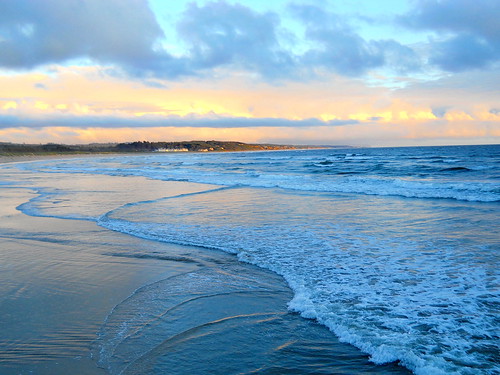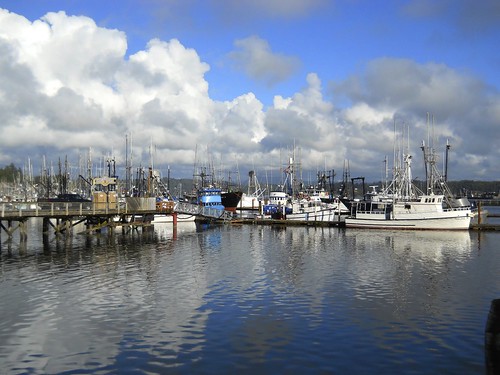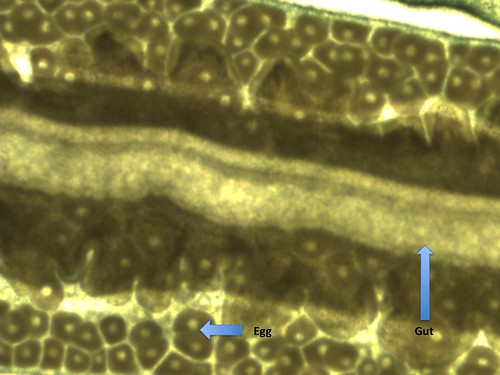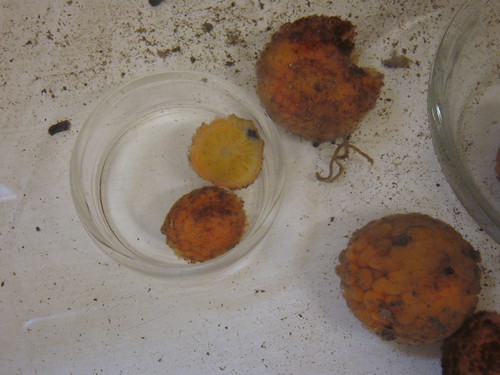Hello everybody, my name is James Kralj and I am so glad to be an Oregon Sea Grant summer scholar this year! I am a junior at the University of Wisconsin – Madison where I am majoring in microbiology. I am also an undergraduate researcher in the Department of Atmospheric and Oceanic Sciences where I help create and use computer models to study the ecology of Lake Michigan. For as long as I can remember I have wanted to be an oceanographer and I cannot wait to start learning about marine science this summer!
As part of my internship, I will be working with the United States Environmental Protection Agency in the Pacific Coastal Ecology Branch at the Hatfield Marine Science Center in Newport, Oregon studying soil oxidation rates in salt marshes along the Oregon coast. I will be doing a lot of fieldwork this summer and I cannot wait to get started but before the fun begins, the EPA requires quite a bit of training.
This past week I have been working my way through the EPA’s health and safety training where I learned everything from how to properly hold a ladder to the correct usage of air filtration masks. Exciting, I know! But now that I have finished with that, I can start working in the field. Next week I will be going to two marshes with EPA researchers to set up our experiments.
In addition to getting started at the EPA, I have been having a great time so far in Newport. I am staying in the dorms at the Hatfield Marine Science Center and have met a ton of awesome people from all over the country. It has been great to meet so many people, each from such different backgrounds.
Also, everything here is so beautiful! We have been down to the beach many times already and each time I see the water I can’t get over how great it is to be living on the coast. Even if the weather isn’t perfect, it is still amazing to see the mountains and the waves through the fog and rain. Plus, I’d take a cool Pacific breeze over the hot and humid Wisconsin summers any day!
I have already done a lot of great things in Newport. A group of students from Hatfield and I have gone to the Oregon Coast Aquarium and were given a behind the scenes tour which was really great to see. I have also had some pretty amazing seafood like clam chowder, fish and chips, and clam strips. I love to cook and can’t wait to try my hand at cooking some local seafood.
Although it has been just a week, I have already been having such a great time. I cannot wait to start my fieldwork next week and I am really excited to learn all about the coastal salt marshes of Oregon. And of course, I can’t wait to share all of my experiences with you!











